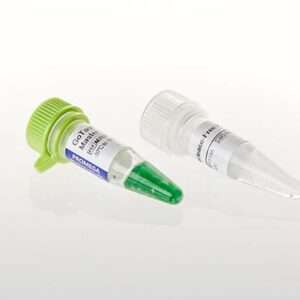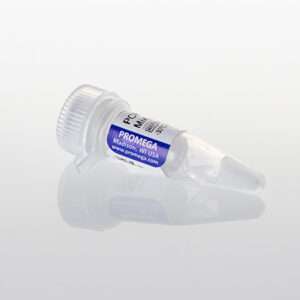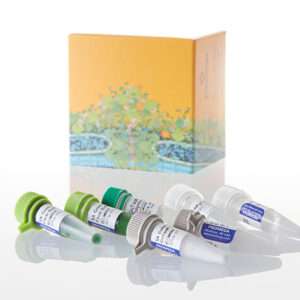Description
High-Throughput Extraction of DNA from FFPE Samples
Enables rapid extraction of FFPE DNA on liquid handlers
The Maxwell® HT DNA FFPE Isolation System provides a simple and reliable method for high-throughput, rapid isolation of genomic DNA from FFPE (formalin-fixed, paraffin-embedded) tissue samples. The purified DNA can be used directly in a variety of downstream applications, including PCR and next-generation sequencing.
The Maxwell® HT DNA FFPE Isolation System purifies nucleic acid using paramagnetic particles, which provide a mobile solid phase to optimize sample capture, washing and purification of gDNA. The use of paramagnetic particles for DNA capture eliminates the need for centrifugation or vacuum manifolds, making the system suitable for full automation. In addition, the system does not require an organic solvent, making it safe and convenient.

FFPE System Performance Comparison
To demonstrate the performance of this system, Maxwell® HT DNA FFPE purification chemistry was automated on the Tecan Freedom EVO® and ThermoFisher KingFisher™ Flex instruments. Qiagen QIAamp® and GeneRead kits were run using a standard method on a QIAcube instrument. Consecutive FFPE sections of human lung tumor and normal adjacent tissue (NAT) were interspersed among all methods and replicates to minimize sample-based variability. Eluates were quantitated using fluorometric detection and quality was assessed using the ProNex® DNA QC Assay.

| Tissue | Instrument | Uniformity of Coverage (%) | Mean Amplicon Coverage (X) | Reads (millions) |
| Tumor | Tecan | 100.0 | 4818 | 1.08 |
| KingFisher | 99.19 | 6036 | 1.28 | |
| Normal Adjacent | Tecan | 100.0 | 5202 | 1.18 |
| KingFisher | 100.0 | 4074 | 1.05 |
Protocols
Complete Protocol
What’s in the box?
| Item/ Catalog number selected: A6372 | Part # | Size | Concentration | Available Separately |
| FFPE Resin | A220G | 1 × 33ml | ||
| Mineral Oil | A244C | 1 × 140ml | ||
| Lysis Buffer (LBA) | A287A | 1 × 110ml | ||
| Buffer B (BWB) | A288B | 2 × 58.8ml | ||
| Proteinase K (PK) Solution | A505E | 1 × 30ml | ||
| Buffer A (BWA) | A6371 | 1 × 125ml | View Product | |
| RNase A Solution | A797F | 1 × 24ml | 4mg/ml | |
| Nuclease-Free Water | P1195 | 1 × 150ml | View Product |
SDS For A6372
Use Restrictions
For Research Use Only. Not for Use in Diagnostic Procedures.
Storage Conditions







